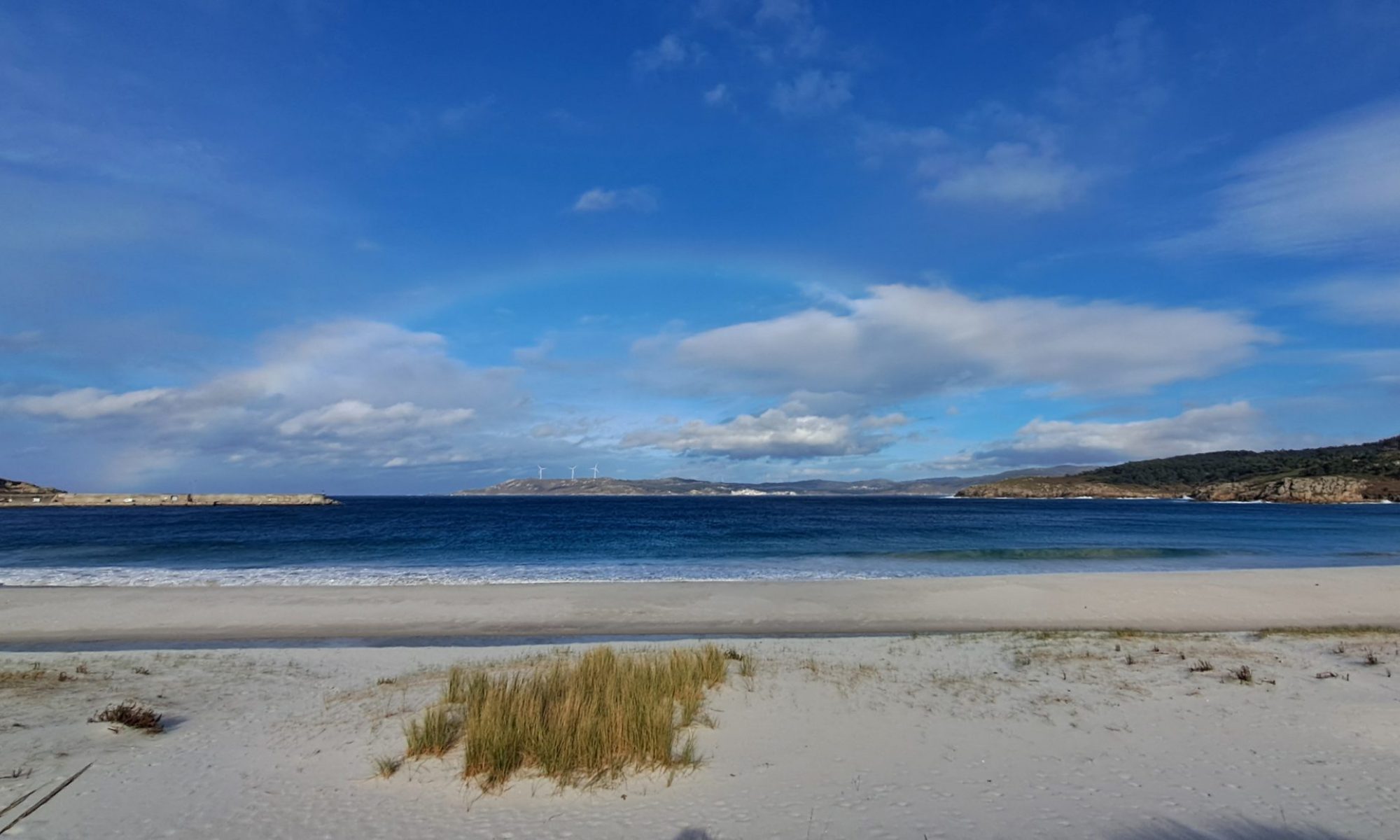Here’s some lesson plans, or at least coaching points, for the bits needed for a BCU FSRT course.
Intro:
- Assessing risks
- How to get help
- What kit to have to hand
- Ask/give option to warn about medical issues
- Group management, communication and boundaries
- clean rope principle, one handed knife
- safety features of boats
- safety features of clothes and kit
- manual handling issues
Protocols
- Shout, Reach, Throw, Row
- Self, Team, Victim/Swimmer, Equipment
- Communication, Line of Sight, Avoidance/Awareness, Position of max usefulness
Coach a Swimmer to Shore
- eye contact, use name, clear instructions, be firm
- consider hand signal to group to tell them to keep still
- good foot grip or kneel down
- use this for all the other rescues
Paddle rescue
- leg stance
- firm grip
Throwline
- accurate throw to person over 10m or more
- swimmer on their back
- thumbs up for hand grip
- can be under arm, over arm or lob around. under arm usually best, hand on scruff of bag with two fingers on the bag
- finish throw with hand pointing where you want it to go
Throwline Rethrow
- Get it right first time, rethrows will always be rubbish
- large coils in hand and throw all
- large coils onto ground, get water in bag for weight, throw bag
- large coils on ground, small coils in hand, wrap bag round small coils, throw bag
The above can all be done on the land
Contact tows
- front or back
Sling towlines
- watch out for putting over head or in teeth(!)
Towlines
- quick to deploy, quick to release, quick to re-set
- know where the release is and what angle to pull it at
Boat Empties
- like for like craft
- boat empties can be done separate from swimmer stuff to keep people out of cold water for longer
- for GP kayak orientate front to front using footrest bolts
- palm roll upright
- roll on side, one hand at front of cockpit holding it up, one hand on top at back of cockpit pushing down to gently empty
- when all water out use knee to ratchet over your boat and sea-saw to empty
- if the boat still has water in it get swimmer to help pull over and down
- if can’t get swimmer to help then just leave water in it, don’t strain your back
- you can use a sling to help you rotate and lift the boat
- for sea kayaks/touring boats with gunwales rotate bow of boat onto your boat by rolling it away from you and sliding knee under
- Canadians can do same as touring boats above
- or curl method with boats parallel, using gunwale to lift other boat then throw away from you to get it upright
Deep water rescue
- straight lift into kayak easiest
- heel hook into kayak if not so strong, quite faffy
- climb over your kayak, risky
- sling around cockpit as step up
- in canadians they sit in the boat then step into yours
Swimmer rescue
- ensure they are calm before you approach
- holding on to front or back
- keep head away from front of boat
- get them to kick legs if on back
Unconscious rescue
- go alongside swimmer, drop paddle if you need to
- lean onto near side of their boat, reach over and pull from other side
- hold onto their clothes
- first aid: shout to get them to open eyes, squeeze shoulders or hand, check breathing (if not breathing 5 CPR breaths but not much point in chest compressions)
- get assistant to raft up with them and push both boats to shore
- if you can’t get their boat upright them jump in the water and roll it
- if you can’t roll it then pop their deck and drag them out
Self rescue
- This means an eskimo rescue
- get them to practice rolling down and up on bow of another boat if new
- three bangs, hands outwards
- rescuer at 45 degree approach
- also try paddle presentation
Scenarios
- unconcious person in water rescue into canadian
- rescue and kayak from a canadian
- rescue a canadian from a kayak
- sea kayak paddle float
